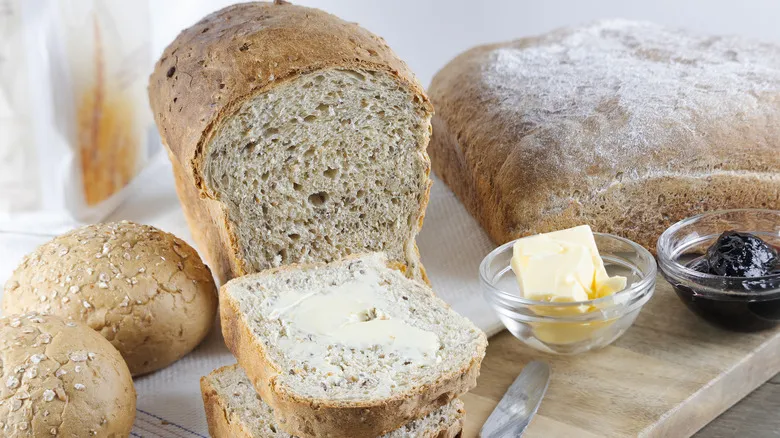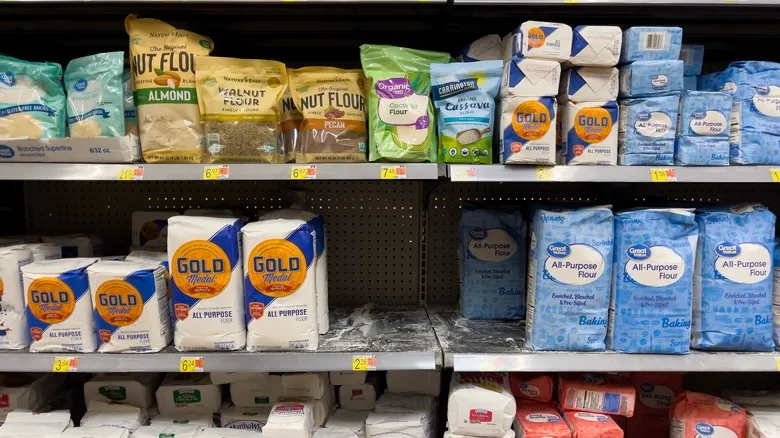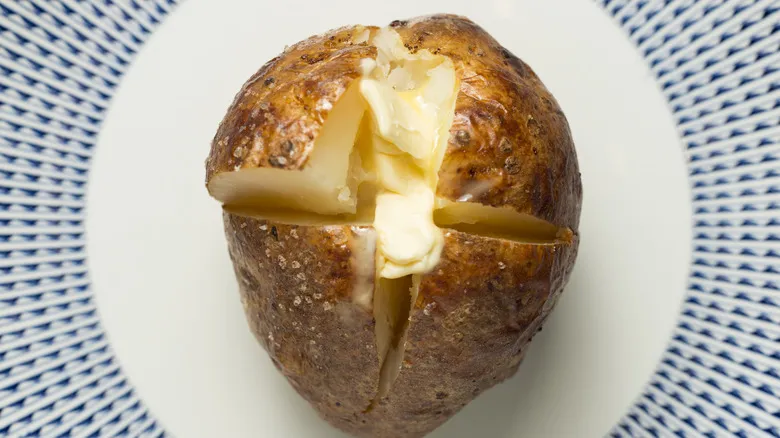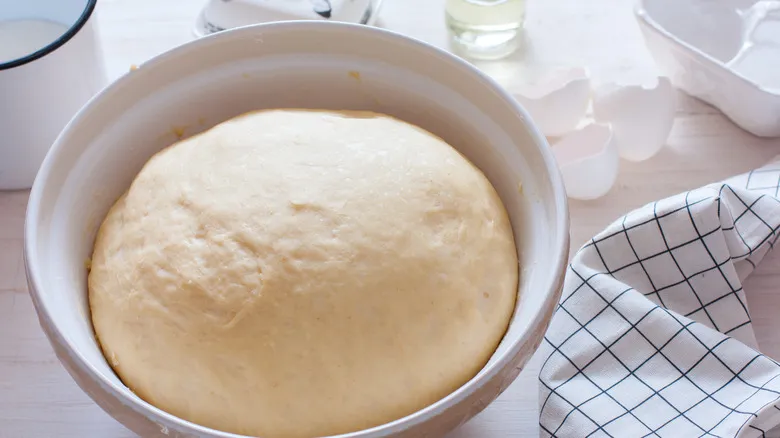The approximate price for a loaf of white bread

The least expensive plain white bread at the grocery store typically ranges from $1.50 to $3.00. If you opt for a whole wheat option, expect to pay more—generally starting at $3.50. Choosing a whole grain or "healthier" alternative can easily push the price above $6.00 per loaf. If you decide to bake your own basic white bread, you can expect to spend approximately $1.04 for a pound of King Arthur's all-purpose flour, around 62 cents for a packet of yeast, 4 cents for a tablespoon of salt, and about 1 cent for two tablespoons of oil. Keep in mind that these prices can fluctuate, and they don't factor in the effort and time involved.
Additionally, consider the cost of energy. As of 2023, the U.S. Energy Information Administration (EIA) reports that the average residential electricity price is about 16 cents per kilowatt-hour. If your oven consumes 2800 watts (you can find this information in your owner's manual), baking a loaf for 30 minutes will cost roughly $0.22.
When you add everything together, excluding the time needed for preheating the oven, the total cost for a homemade loaf comes to about $1.93. If you consume an average of one loaf of bread each week, you could spend around $156 annually on mid-range, store-bought bread (averaging $3.00 per loaf). In contrast, making it at home would only cost you about $100, resulting in a savings of $56 per year.
Save or spend more, depending on ingredients and other factors

Certainly! Here’s a rewritten version of the text:
Not all ingredients are equal, and this applies to flour, yeast, and even salt. Are you opting for a budget-friendly canola oil (this is a perfect opportunity to save on premium olive oil!) or splurging on more expensive alternatives? Are you sourcing your ingredients from your local Walmart or Costco, which are known for offering great deals, or from a specialty grocery store where prices tend to be much higher? All these considerations are significant and can significantly impact your overall costs.
If you choose the absolute lowest-priced store-brand ingredients (as opposed to the selective King Arthur flour we referenced here) and minimize expenses wherever you can, you could reduce your total even more. This means your savings could be even greater — for many, it’s enough to justify the effort. You could also bake several loaves at once, which would help reduce the unaccounted time and labor while maximizing energy efficiency. Utilizing tools like this KitchenAid attachment can also simplify the bread-making process.
Additionally, the least expensive store-bought breads often contain much longer ingredient lists than your homemade version. If avoiding additives like high fructose corn syrup, preservatives, and other hard-to-pronounce ingredients is important to you, this could be a vital consideration. However, the value of regularly enjoying freshly baked bread from your own kitchen is (almost) priceless.
Recommended

What's The Best Temperature To Bake Potatoes At, Really?

The Secret To Making Tall Cakes In A Short Pan

The One Brand Of Chocolate Ina Garten Always Bakes With

The Air Fryer Shortcut To Proof Bread Way Faster
Next up

